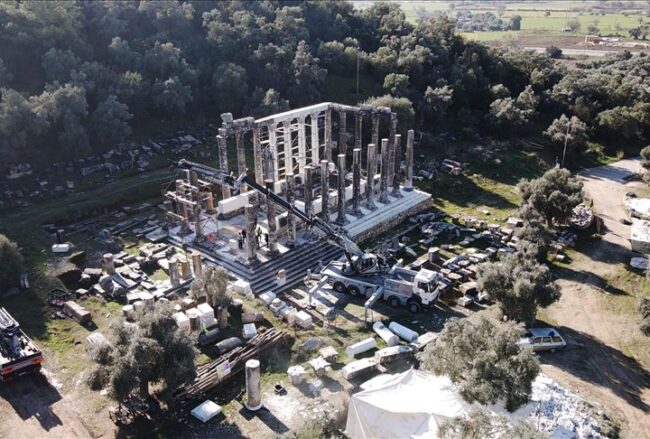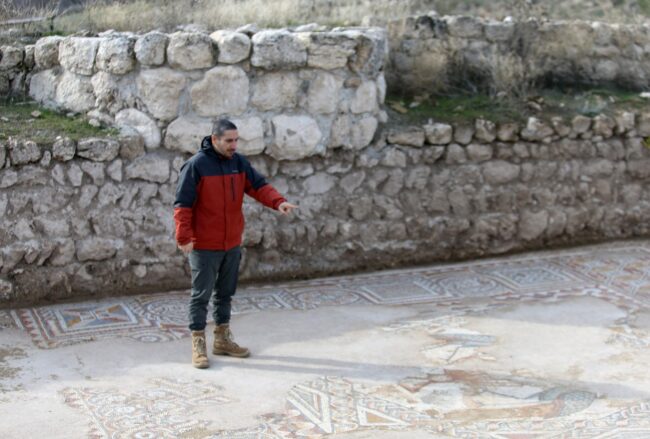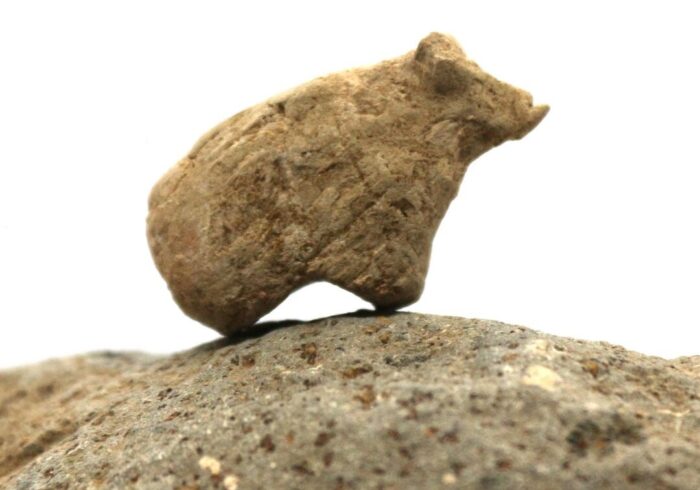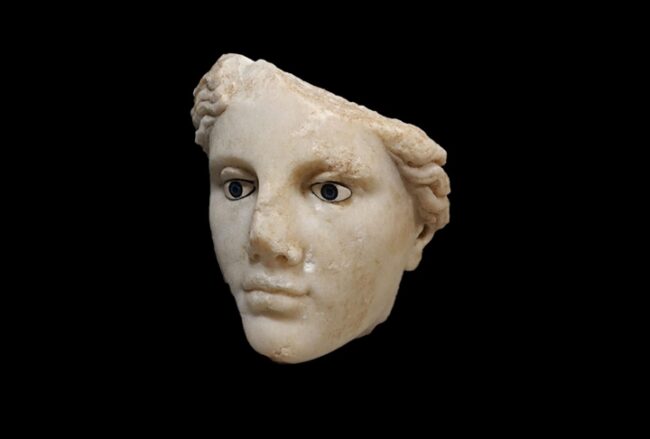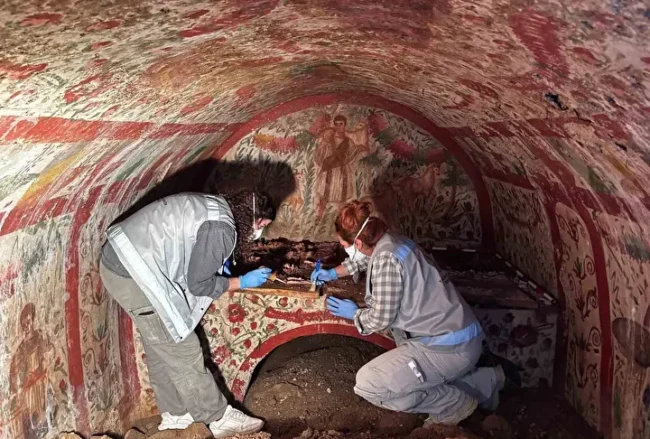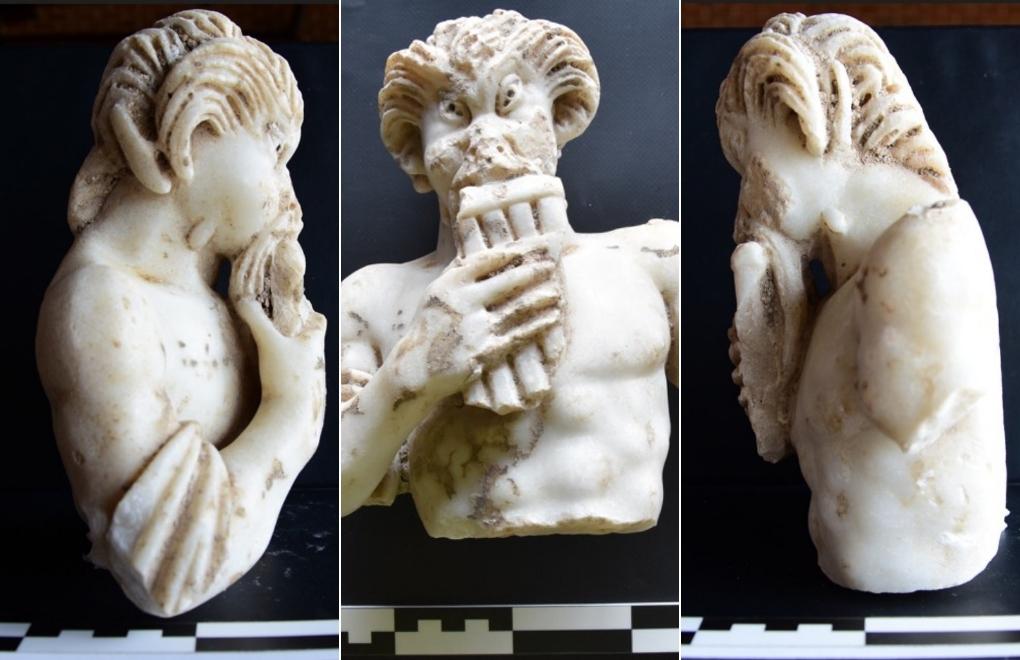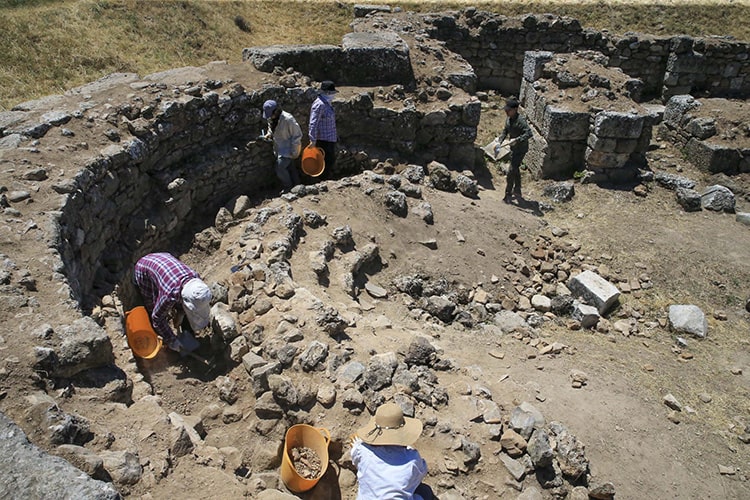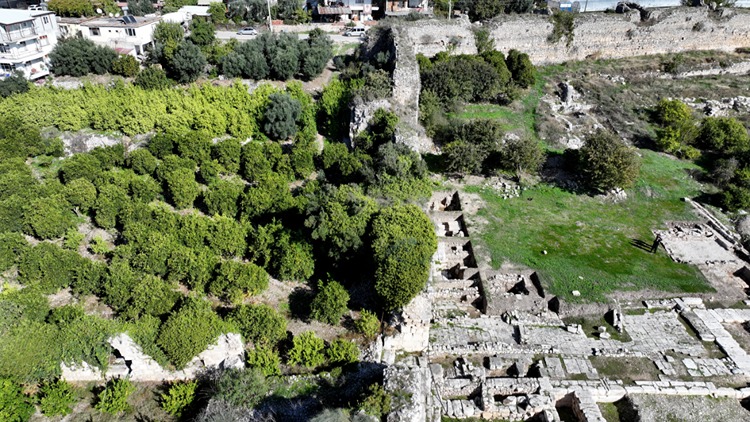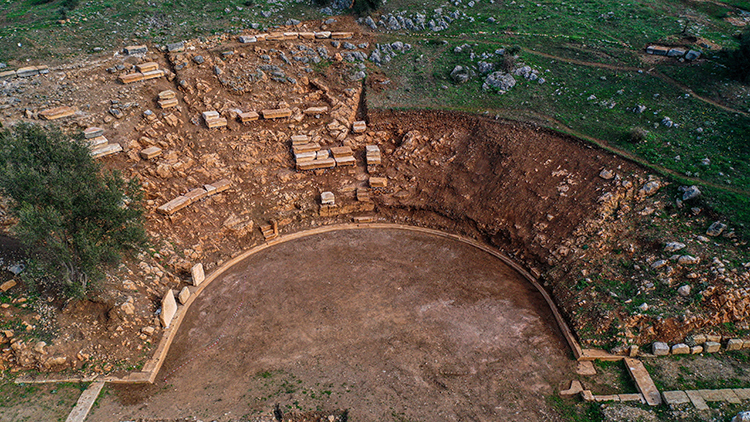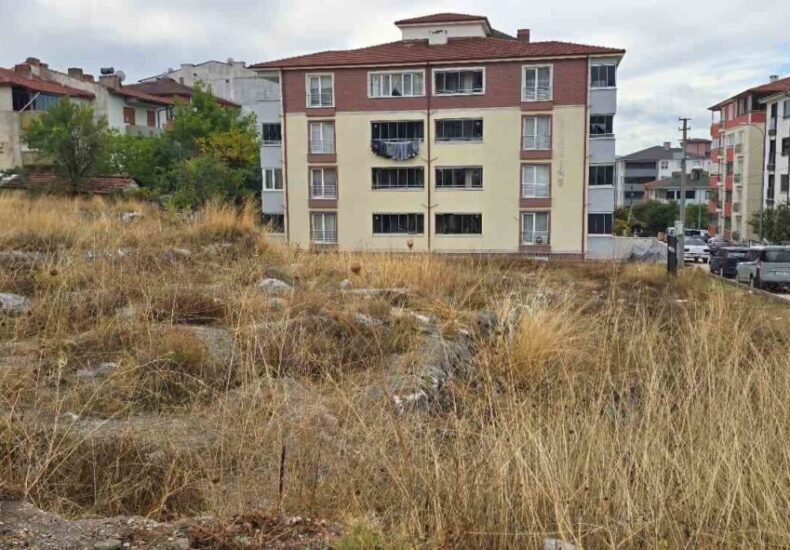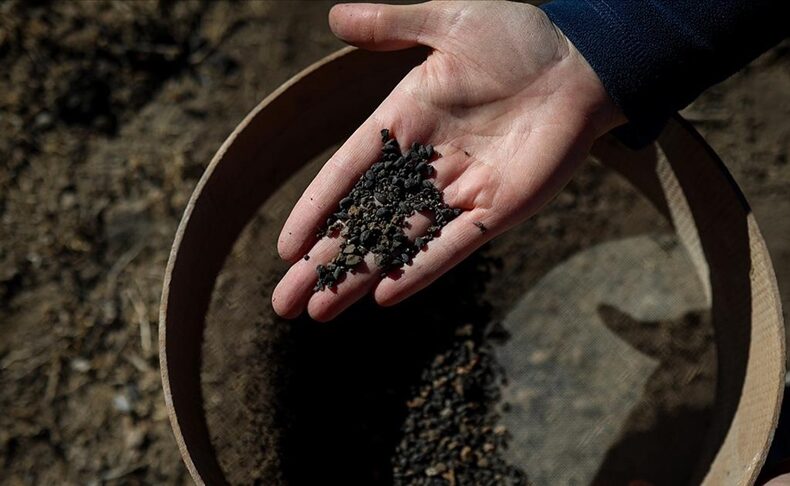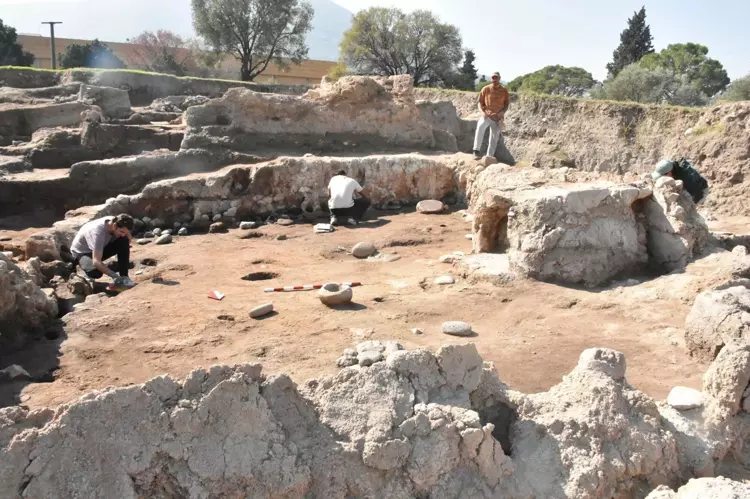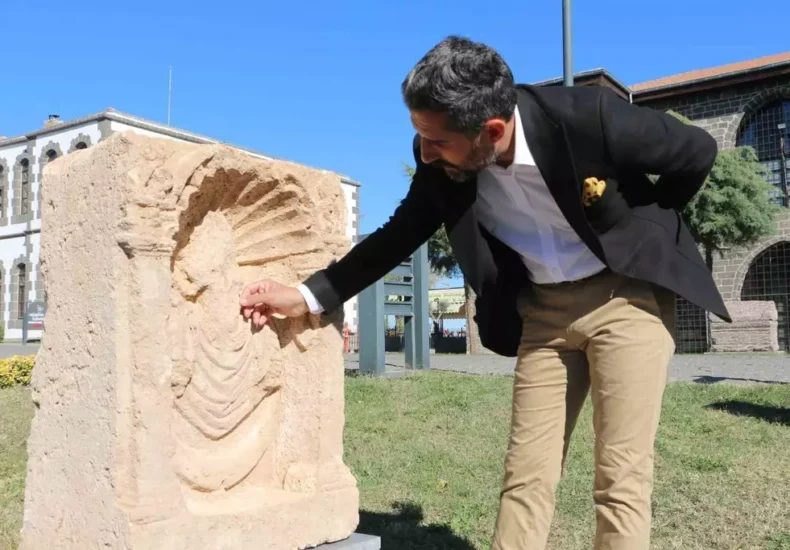Anatolian News . Southeastern Anatolia
The 9,000-Year-Old Figurines of Gürcütepe Illuminate Life After Göbeklitepe
The first light over the Harran Plain has a way of turning everything into pale gold. From a distance, Gürcütepe looks like nothing more than a gentle rise in the landscape—quiet, unassuming, easy to miss. Yet beneath its surface lies one of the most revealing chapters in the story of how early societies redefined themselves

